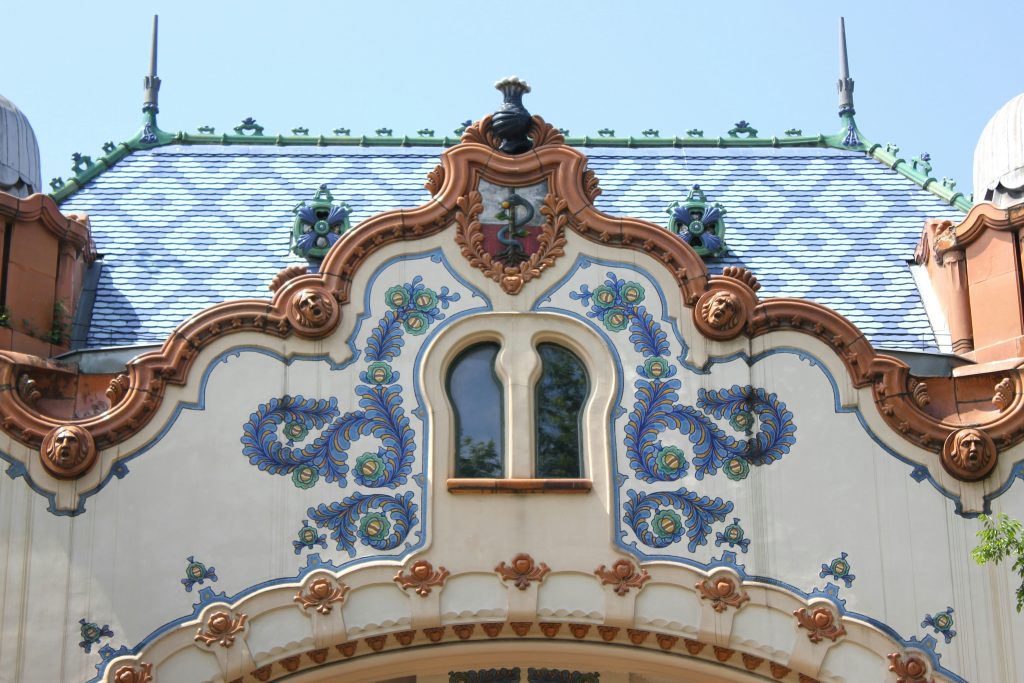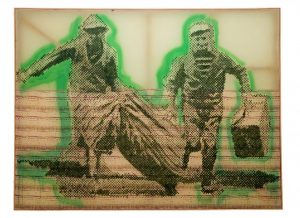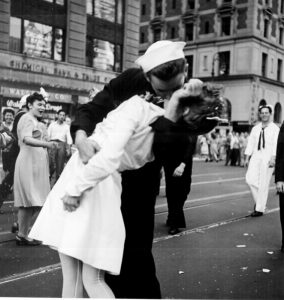Introduction to Art Nouveau
Art Nouveau, meaning “New Art” in French, emerged in the late 19th and early 20th centuries as a response to the academic art, industrialization, and historical styles that dominated the era. Characterized by its intricate designs, flowing lines, and nature-inspired motifs, Art Nouveau sought to bring beauty and artistry into everyday life. This article delves into the origins, key characteristics, and enduring legacy of this enchanting artistic movement.

The Origins of Art Nouveau
Historical Context
Art Nouveau developed as artists and designers sought to break away from traditional academic art and embrace a more holistic and organic approach. Influences from the Arts and Crafts movement, Japanese art, and the Symbolist movement all contributed to its formation.
Geographical Spread
While Art Nouveau was a global phenomenon, it found particularly strong expressions in countries like France, Belgium, Spain, and Austria. Cities like Paris, Brussels, Barcelona, and Vienna became hotspots for Art Nouveau architecture and design.
Key Characteristics of Art Nouveau
Nature-Inspired Motifs
Art Nouveau artists drew heavily from nature, incorporating floral patterns, vines, and flowing water into their designs. This connection to the natural world was meant to evoke a sense of harmony and organic beauty.
Curvilinear Forms
One of the most distinctive features of Art Nouveau is its use of sinuous, curving lines. These lines create a sense of movement and dynamism, contrasting sharply with the rigid, straight lines of previous artistic styles.
Ornamental Details
Art Nouveau is known for its lavish ornamentation. Whether in architecture, furniture, or jewelry, the style embraces intricate detailing and elaborate embellishments, making each piece a work of art in its own right.
Prominent Figures of Art Nouveau
Hector Guimard
A leading architect and designer in France, Hector Guimard is best known for his iconic Paris Métro entrances. His work epitomizes the fluid lines and organic forms of Art Nouveau.
Antoni Gaudí
In Spain, Antoni Gaudí’s architectural masterpieces, such as the Sagrada Família and Casa Batlló in Barcelona, showcase his unique interpretation of Art Nouveau, blending it with his own imaginative vision.
Gustav Klimt
Gustav Klimt, an Austrian painter, is synonymous with the Vienna Secession movement, a local variant of Art Nouveau. His paintings, characterized by their ornamental gold leaf and intricate patterns, remain highly celebrated.
Art Nouveau in Architecture
Architectural Marvels
Art Nouveau left a lasting legacy in architecture, with buildings that are both functional and fantastical. The use of asymmetrical shapes, stained glass, and wrought iron are hallmarks of Art Nouveau architecture.

Examples of Architectural Brilliance
The Hôtel Tassel in Brussels, designed by Victor Horta, is often cited as the first true Art Nouveau building. Its open floor plan, natural light, and decorative details embody the movement’s principles. Similarly, the Majolikahaus in Vienna, designed by Otto Wagner, showcases stunning ceramic tilework and fluid forms.
Art Nouveau in Decorative Arts
Furniture and Design
Art Nouveau extended beyond architecture into furniture, ceramics, glassware, and jewelry. Designers like Louis Majorelle and Émile Gallé in France created exquisite pieces that combined functionality with artistic beauty.
Tiffany Lamps
In the United States, Louis Comfort Tiffany’s stained glass lamps became iconic examples of Art Nouveau design. Their vibrant colors and intricate patterns remain highly sought after by collectors today.
The Decline and Legacy of Art Nouveau
Transition to Modernism
By the onset of World War I, Art Nouveau began to wane as new artistic movements, such as Art Deco and Modernism, gained popularity. The emphasis shifted towards more streamlined, geometric designs.
Enduring Influence
Despite its relatively short heyday, Art Nouveau’s influence can still be seen in contemporary design. Its emphasis on natural forms and intricate detail continues to inspire artists and designers worldwide.
Conclusion
Art Nouveau represents a fascinating chapter in the history of art and design, marked by its elegance, creativity, and profound connection to nature. From the sinuous lines of Hector Guimard’s architectural masterpieces to the dazzling brilliance of Tiffany lamps, the movement brought a sense of wonder and beauty to the turn of the 20th century. Today, Art Nouveau remains a testament to the enduring power of art to transform the world around us, blending functionality with the sublime in ways that continue to captivate and inspire.



